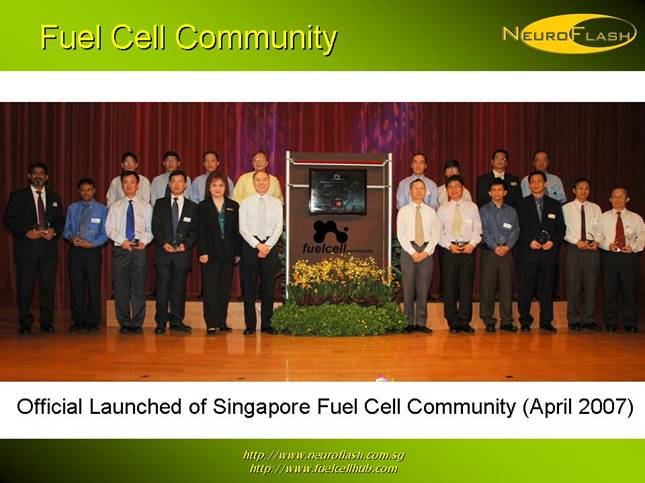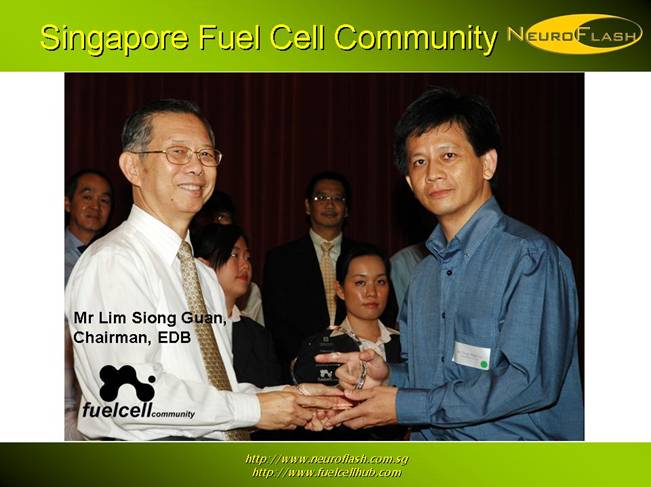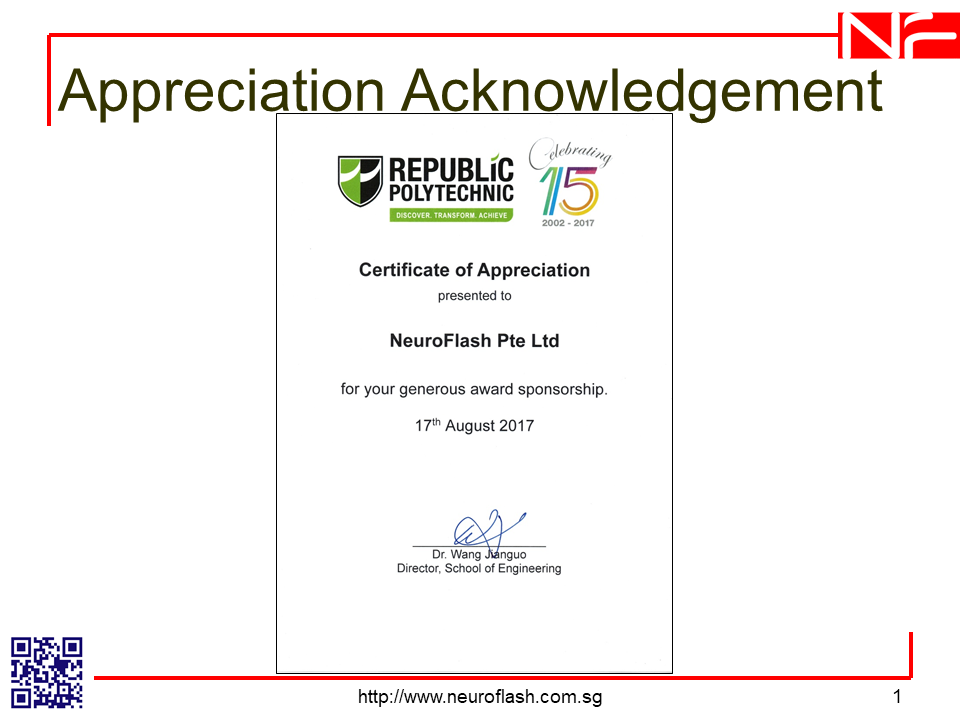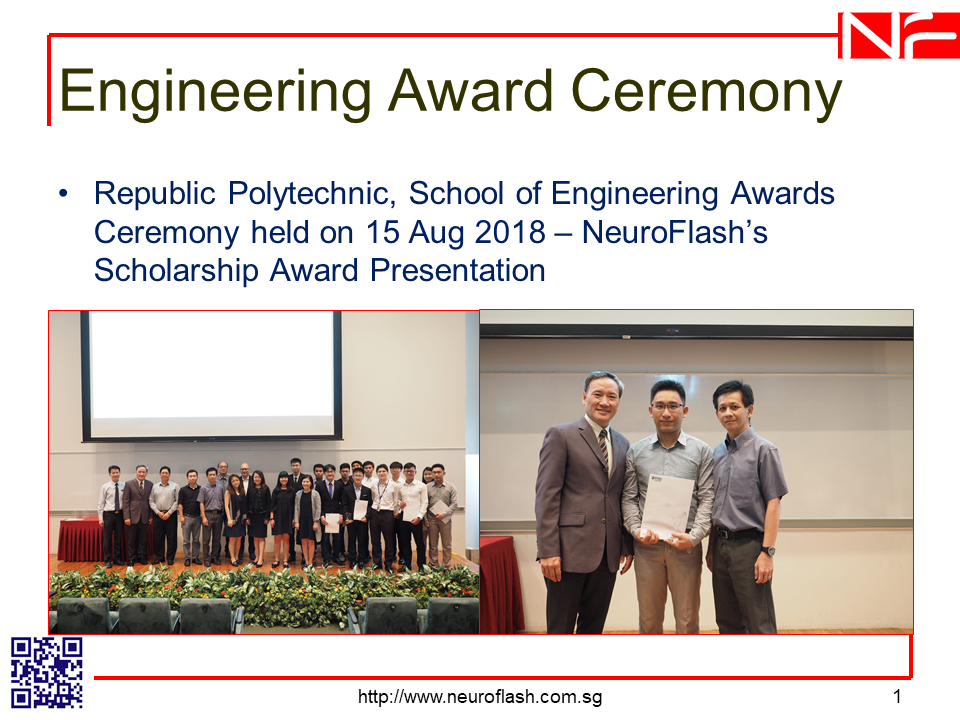Fuel cell trials of the hydrogen-powered buses are going well. The buses operate efficiently, are powered from a fueling station, and passengers like them.
Commercialization of fuel cells for transportation relate to making vehicle fuel cells cost competitive. Challenges are low-cost infrastructure, range, and power density. Cost reduction, component integration, complexity reduction, and increasing safety are needed.
Innovative changes in vehicle design and materials to reduce vehicle weight and improve aerodynamics will benefit fuel cell vehicles as well as conventional vehicles.The use of platinum is a central issue. Platinum is used in the core of the PEM fuel cell that is used for transport. The price of the core has to be drastically reduced forfuel cell vehicles to be viable.
A unique and integrated fuel cell power system is aimed directly at low output applications where smaller internal combustion engines (ICE) and batteries are the power source. These include personal transport and fleet type vehicles used inclosed range environments (airports, amusement parks, golf courses, malls, delivery circuits).
Two and three wheeled scooters represent a target market. Stationary, marine andportable power applications are a target market. Hybrid and personal power represent the most likely avenue for fuel cell vehicular development. People will begin to own more than one vehicle. The personal vehicle will provide for moving around a local region, back and forth to work and around town to activities and stores.
These personal vehicles will be very comfortable with music and good seating. The will be good for fuel cells because they will be small and suitable for one or two people at the most.
Not much power is needed as the speeds are slow and the pick up not demanding. Major issues affecting the commercialization of hydrogen fuel cell automobiles are the cost of the fuel, building of requisite fueling infrastructure, and vehicle range. Range is limited to on-board storage ability.
A hydrogen economy is a challenge that transcends the ability of industry and depends on governments to deliver necessary infrastructure. The capacity of the individual major stakeholders is limited to providing components of the fuel cell and hydrogen economy.
Governments exist to create infrastructure that is useful to the culture sustained within national borders. There are significant infrastructure investments that needto be made to make fuel cells a reality. These are the task of government. Table 3-illustrates fuel cell infrastructure investment needed.
The cost of new infrastructure for fuel cell refueling raises from $2 billion per year initially to $21 billion per year by 2010. This cost will likely be borne by governments as well as private industry. Market growth depends on $5 billionin frastructure investment in local hydrogen manufacture for fuel cells.It represents an environmentally sound investment in environmentally clean fuel. It further represents a very sound business investment that will reap enormous returns for the investors over many years.
Total vehicle fuel cell markets for autos at $772.7 million in 2007 will grow to $98billion by 2013. Commercial introduction means that auto, bus, and truck segments will grow. Cars that use fuel cell systems are evolving sophisticated capability. Bythe end of the forecast period, trucks are expected to account for the largest portion of spending.
For a better price, buy from our partner:





